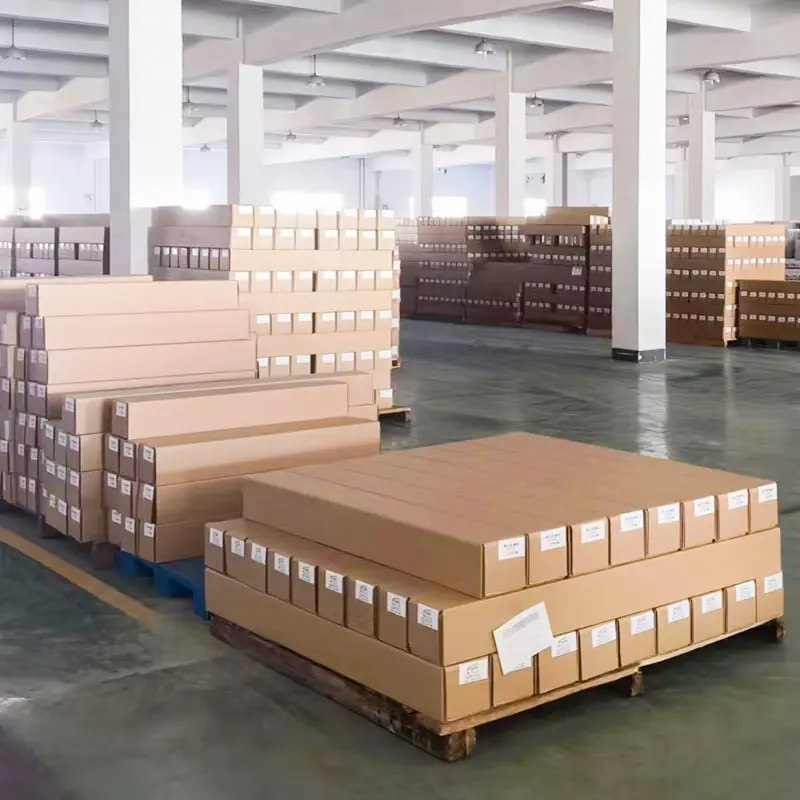Incorrect Temperature and Pressure Settings for PVC Vinyl
Overheating and Adhesive Degradation
Temperature control matters a lot when dealing with PVC vinyl since the adhesives start breaking down once temps hit over 320 degrees Fahrenheit. When things get too hot, two problems happen at once the glue itself gets damaged and the connection between the heat transfer vinyl and whatever surface it's applied to becomes weaker. This often leads to stuff coming loose later on, either peeling off completely or just lifting at the edges. Some studies have actually shown that when materials are exposed to excessive heat, they simply don't last as long as they should, which means the final product looks worse over time. So keeping temperatures within safe ranges isn't just good practice it makes all the difference in how well those heat transfers hold up through regular use.
Insufficient Pressure During Application
Getting the pressure right matters almost as much as temperature when sticking PVC vinyl properly. If there isn't enough pressure while transferring heat, the adhesive won't bond well particularly around spots that get stressed later on, which means our designs might start coming loose or flaking off over time. Most professionals suggest keeping pressure between about 10 to 15 pounds per square inch for best results. A simple pressure gauge works wonders here, making sure we apply consistent force across all surfaces and ending up with something that looks good quality wise. Finding that sweet spot between heat levels and applied pressure makes all the difference in how long those beautiful graphics stay put without issues.
Ignoring Fabric and Surface Preparation
Skipping Pre-Pressing for Wrinkles/Residue
When working with PVC heat transfer vinyl, don't skip the pre-press step on fabrics. Many people overlook this simple but important part of the process. Without pre-pressing, trapped moisture and dirt particles get between the fabric fibers and the vinyl, making it stick poorly. Most craft guides recommend pressing for around 5 seconds minimum to smooth out those pesky wrinkles and remove residue buildup from previous washes or treatments. Left alone, these little imperfections will set permanently during the actual heat application, creating visible flaws in the final design that nobody wants to see. A quick pre-press creates a much cleaner canvas for the vinyl to grab onto, which means longer lasting transfers and fewer frustrations when looking at finished projects later.
Using Water-Repellent or Coated Fabrics
Water repellent or coated fabrics create real problems when working with heat transfer vinyl. The coatings on these materials act as barriers that stop the vinyl from sticking properly. When trying to apply designs, people often find their work starts peeling off after just a few washes. For best results, look for fabrics that actually work well with PVC vinyl so the bond stays strong over time. Always check what the fabric manufacturer says about compatibility with heat transfers before starting a project. Reading those specs upfront saves headaches later on, both in terms of wasted materials and extra labor costs from having to redo failed attempts. Some hobbyists swear by testing small patches first to see how different fabrics react under heat press conditions.

Poor Cutting and Weeding Practices
Incorrect Blade Depth for PVC Thickness
Getting the blade depth wrong when cutting vinyl can cause all sorts of problems down the line. If the blade isn't set properly, it either fails to cut through completely or ends up tearing the backing sheet. Both situations waste materials and eat into precious workshop hours. For clean cuts that make weeding easier later on, blade depth needs adjustment based on how thick the PVC vinyl actually is. Most professionals recommend doing some trial runs first using leftover scraps from previous projects. These quick tests help figure out if the current setting will work for the job at hand. Once confident about the setup, moving forward with full production batches becomes much smoother since everything has been fine tuned already.
Rushing Weeding and Damaging Designs
Rushing through the weeding process tends to mess up those fancy designs people spend so much time creating. When someone speeds through this step, they often end up yanking out parts that actually belong there, wasting good material and causing plenty of frustration later on. Taking extra time to go over every inch makes all the difference. The goal should be removing just what needs to go while keeping everything else intact so the original look stays true. Good quality tools really matter here too. Precision tweezers work wonders for picking out tiny bits without snatching anything important. Those little plastic picks are also super helpful for getting into tight spots where regular fingers simply won't reach. With these right tools in hand, even beginners can avoid common mistakes that ruin otherwise great projects.
Mishandling Multiple Vinyl Layers
Mixing Incompatible Peel Methods (Hot vs. Cold)
Mixing up peel methods when dealing with multiple vinyl layers often ruins how the finished product looks. When someone combines hot peels with cold peels, problems start showing up pretty quickly. The vinyl tends to lift at the edges or form bubbles that just ruin the whole appearance. For anyone wanting their project to look clean and professional, sticking to the same peel method throughout all layers makes a big difference. Most experienced applicators will tell newcomers to follow what the manufacturer says about peeling techniques. Their instructions usually work best because they know exactly how their material behaves. Someone who takes the time to read those guidelines carefully before starting typically avoids most of the headaches that come with improper peeling techniques in multi-layer vinyl applications.
Incorrect Layer Order for Specialty PVC Finishes
Getting specialty PVC finishes applied in the right sequence really matters if we want that nice look and long lasting results. With stuff like glitter or metallic effects, there's usually a particular way to layer them so things don't end up looking patchy or uneven. Most folks forget this part until they see those annoying spots where the finish just doesn't match up. The manufacturer guidelines actually contain some pretty important info that saves headaches later on. For example, when working with PVC heat transfer vinyl or other similar materials, following their recommended application order makes all the difference. Skip a step and suddenly what looked great at first starts showing flaws over time both in how it looks and how long it stays good.
Neglecting Post-Application Care
After applying heat transfer vinyl, looking after those projects right matters if we want them to last. The truth is, jumping into the washing machine too fast or running hot water over the fabric can actually loosen that vinyl bond. Most folks don't realize they need to give it at least two full days before doing any laundry. That waiting period lets the glue underneath really grab hold of the fabric fibers, so nothing starts peeling off later. For best results down the road, stick to cold water cycles when cleaning these items and let them dry naturally instead of tossing them in the dryer. Cold settings put way less strain on the printed design, keeping colors vibrant and shapes sharp for much longer than if we rush things.
People often make the mistake of using strong cleaning products or pressing directly onto vinyl surfaces, which tends to wear them down over time. Harsh cleaners actually break down the vinyl itself, leading to color loss and flaking much sooner than expected. For those working with PVC heat transfer vinyl stuff, going with gentle soaps that aren't scratchy works best. And remember this important tip about ironing: place something like an old towel between the hot iron and the actual vinyl surface. Doing this simple step protects not just the look of the vinyl but also keeps the sticky part underneath intact, so whatever design was applied stays put longer and looks better overall.
Frequently Asked Questions
What is the optimal temperature for PVC vinyl applications?
The optimal temperature for PVC vinyl applications is below 320°F to prevent adhesive degradation and ensure a strong bond.
How much pressure should be applied when working with PVC vinyl?
A pressure range of 10-15 psi is recommended to ensure effective adhesion during the heat transfer process.
Why is pre-pressing important when using PVC heat transfer vinyl?
Pre-pressing is important as it removes moisture and dirt, ensuring better adhesion and preventing wrinkles from affecting the final design.
Can I use PVC heat transfer vinyl on water-repellent fabrics?
Water-repellent fabrics can hinder adhesion, so it's advisable to choose materials that are compatible with PVC vinyl.
What precautions should be taken during the weeding process?
To avoid damaging the design, dedicate time to careful weeding with precision tools to maintain design integrity.
How long should I wait before washing garments with PVC vinyl applications?
Wait at least 48 hours before washing to allow the adhesive to set properly, ensuring durability.
What washing instructions should be followed for garments with PVC vinyl?
Use cold water and mild detergents, and avoid ironing directly on the vinyl to preserve its quality and longevity.
Table of Contents
- Incorrect Temperature and Pressure Settings for PVC Vinyl
- Ignoring Fabric and Surface Preparation
- Poor Cutting and Weeding Practices
- Mishandling Multiple Vinyl Layers
- Neglecting Post-Application Care
-
Frequently Asked Questions
- What is the optimal temperature for PVC vinyl applications?
- How much pressure should be applied when working with PVC vinyl?
- Why is pre-pressing important when using PVC heat transfer vinyl?
- Can I use PVC heat transfer vinyl on water-repellent fabrics?
- What precautions should be taken during the weeding process?
- How long should I wait before washing garments with PVC vinyl applications?
- What washing instructions should be followed for garments with PVC vinyl?

